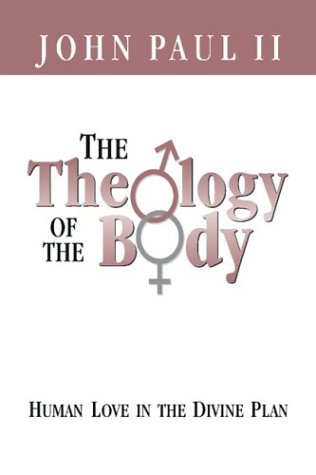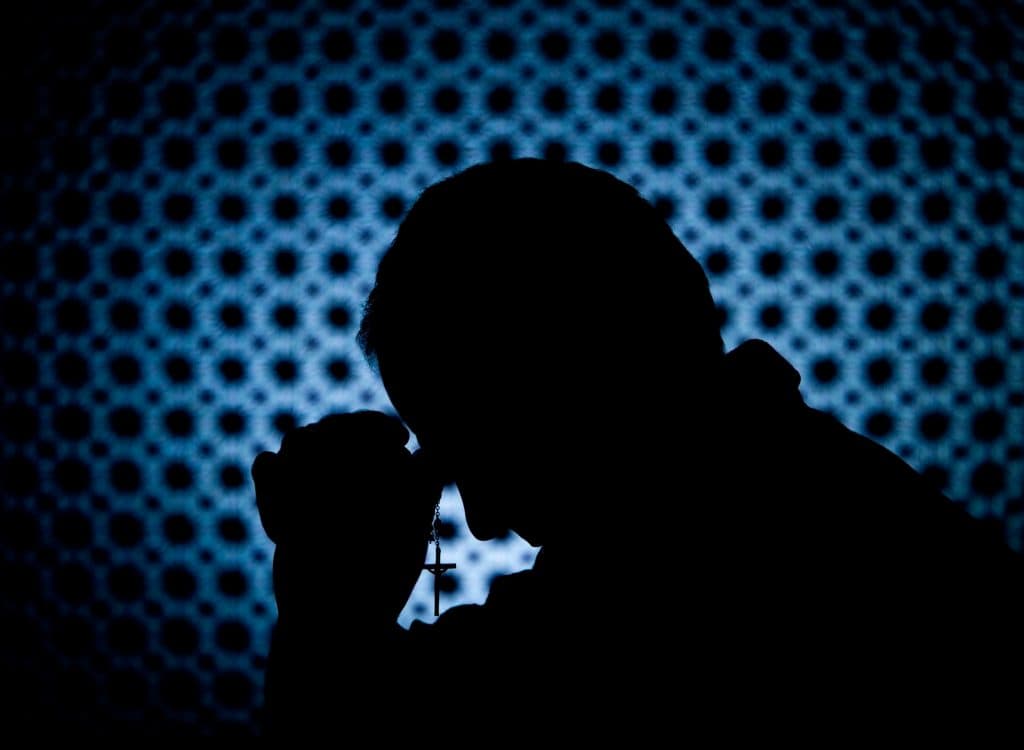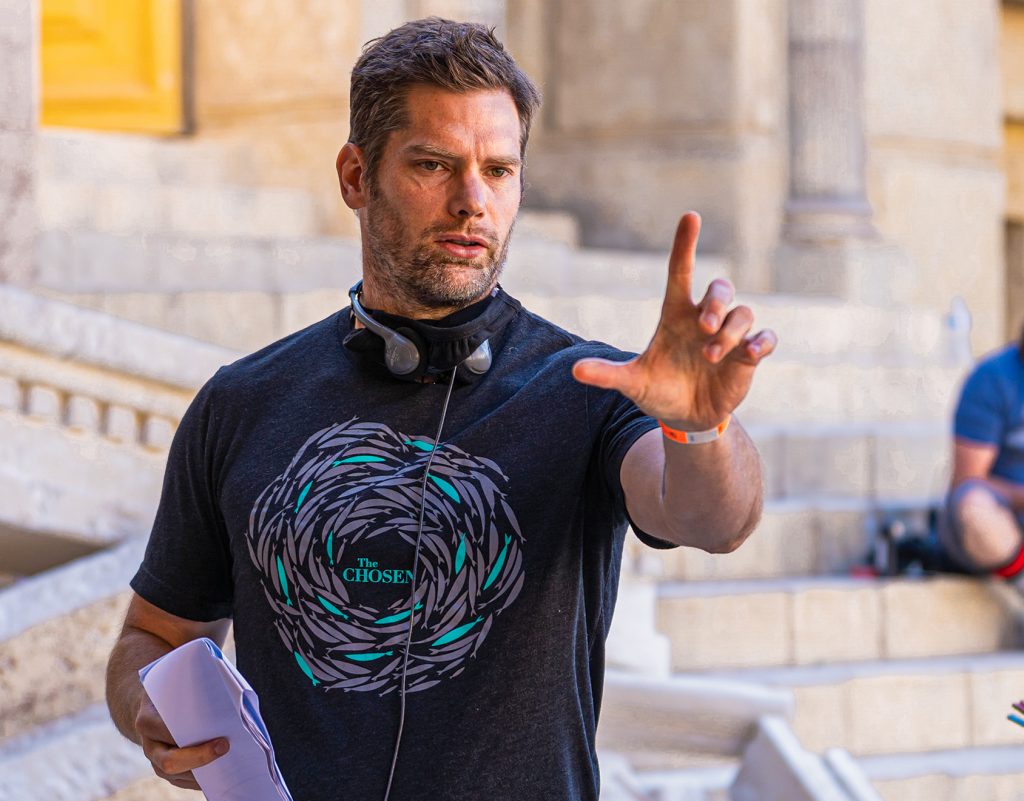The following is a guest post by Mark Houck, a regular author at WhoDoesItHurt.com.
The Catechism of the Catholic Church (CCC) says, “Sexuality affects all aspects of the human person” (n. 2332). If our sexuality truly affects all aspects of our person, then it is easy to conclude that the “partial truths” of pornography would pervert the nuptial union of a husband and wife (Theology of the Body, p. 88). Karol Wojtyla (a.k.a. Pope John Paul II) says in his book Love and Responsibility, “problems with sex are above all problems with the ‘body’” (p. 18). The multi-billion dollar industry of pornography has created a plethora of problems with sex because it has disordered man’s view of the body. Pornography has created turmoil in marriages and deeply wounded many men and women because of the lies which the simulated sexual acts depict.
Pope John Paul II’s response to this lie is the Theology of the Body. This theology gives all of us, who are the suffering survivors of the sexual revolution, hope. The Vicar of Christ has untwisted the lies of a generation by revealing the truth behind God’s original plan for our sexuality.
Just as Christ had to remind the Pharisees “that the Creator from the beginning made them male and female” (Matthew 19: 4), so too must we remember this truth. Pope John Paul II tells us that “the fundamental fact of human existence at every stage of its history is that God ‘created them male and female’ (Theology of the Body, p. 74). Man and woman were created for marriage, and “in the mystery of [this] creation, man and woman [become] a mutual gift” (p. 75). Pornography, and more specifically masturbation, represents a privation of the gift and therefore the exact “opposite of this ‘welcoming’ or ‘acceptance’ of the other human being as a gift” (p. 70).
In its truest form, the conjugal act should always reflect the “reciprocal ‘acceptance’ of the other” (p. 70). Pornography perverts the conjugal act because it reduces the mutual self donation of husband and wife to an object of lust. Pornography trains a spouse to look at his or her spouse as an object for their pleasure only. In other words, the conjugal act becomes an act of using and as a result spouses use one another for their own selfish objectives.
In his book Love and Responsibility, Wojtyla says, “a person must not be merely the means to an end for another person” (p. 25). In all relationships, the means must serve both the end and the subject (p. 24). Pornography perverts the marital act because it does not allow for the ethical and mutual self donation of the married couple. The sexual acts and intimacy between a husband and wife reflect “more an object of determined techniques” rather than beautiful acts of self giving.
Wojtyla warns husbands and wives against perverting the conjugal act when he says, “remember that you may not treat that person as only the means to an end, as an instrument, but you must allow for the fact that he or she, too, has, or at least should have, distinct personal ends” (p.28).
 The Catechism also states that pornography damages the dignity of its participants (n. 2354). The Word of God teaches us the personal dignity of the human body and of sex (Theology of the Body, p. 89). The words spoken by Jesus on the Sermon on the Mount: “You have heard that is was said, ‘You shall not commit adultery.’ But I say to you that everyone who looks at a woman lustfully has already committed adultery with her in his heart” (Matthew 5:27-28). Christ’s words point to the dignity of every human person. In order to understand how pornography damages the dignity of its participants, John Paul II tells us “it is not enough to stop at the surface of human actions. It is necessary to penetrate inside” (p. 105).
The Catechism also states that pornography damages the dignity of its participants (n. 2354). The Word of God teaches us the personal dignity of the human body and of sex (Theology of the Body, p. 89). The words spoken by Jesus on the Sermon on the Mount: “You have heard that is was said, ‘You shall not commit adultery.’ But I say to you that everyone who looks at a woman lustfully has already committed adultery with her in his heart” (Matthew 5:27-28). Christ’s words point to the dignity of every human person. In order to understand how pornography damages the dignity of its participants, John Paul II tells us “it is not enough to stop at the surface of human actions. It is necessary to penetrate inside” (p. 105).
“Adultery . . . means a breach of the unity by means of which man and woman, only as husband and wife, can unite so closely as to be ‘one flesh’” (p. 107). When a person views pornography, whether it is in a magazine, video or on the Internet, the person has breached marital unity and has committed adultery in the heart. When a man looks lustfully at a woman, “this desire, an interior act, is expressed by means of the sense of sight” (p. 107). When we look upon another person with “looks” that reflect an interior dimension of our heart then we damage the dignity of that person. The Pope refers to the story of David and Bathsheba as an example of this behavior.
The pornography industry is the modern day version of David and Bathsheba. Just as David could not protect the child that Bathsheba bore for him, pornography cripples a man’s ability to spiritually protect himself , the woman he loves, and his family.
Pornographic images reduce the person being lusted over to body parts only. There is no dignity when the human dimension is eliminated from the person. In short, the problem with pornography is not that it shows too much of the person, but that it shows far too little.
. . . .







What does pornography and prostitution say about the condition of the mind, the self worth, of the women who sell themselves? Does anybody care? What’s happening in a world where it has become among a lot of young women an achievement to be a porn star or to be “hot stuff”? What does it take to convince them that they have value beyond just their bodies?
We need to change the distorted emphasis of sexuality only in our world today. Both men and women need to learn the value of a full complete relationship.
Dear Brothers,
I happened on this site while searching for other great quotes on human sexuality from John Paul II.
May the Lord bless the work of this ministry!
My purpose in writing is to share with all of you a quote that was forwarded to me by a friend. I do not know who first said this, but it has borne abundant fruit in my life. The memory of our past sins, and the fact that sexual images naturally burn themselves into our minds can often be the worst weapon our enemy uses against us. This is a powerful remedy:
“When we feel ourselves wounded by images of ‘carnal’ beauty, we should do what the Israelites did in the desert. As soon as they were bitten by poisonous snakes, if they ran to look at the bronze serpent lifted up by Moses, they were healed.
“Without spending time trying to understand the why and the how in our day (which only gives time for the poison to spread), let us run to the cross or to an icon of the Transfiguration… and gaze upon it. The icon of Christ, and even more so the sacramental Host that contains him, exercises its sanctifying power even through simple sight, if it is accompanied by faith. Let the healing come to us in precisely the same way the wound came to us, that is, through our eyes!
“Contemplation has therapeutic power and heals: It is a power for which we have a great need today, since images and entertainment have become the primary vehicle for the world’s ideology. The issue is not to avoid looking at anything but to choose what it is we look at.”
Hey Luke,
Here are links to a couple of excellent Catholic-based sites for overcoming sexual addiction and advancing in purity:
http://www.pornnomore.com/
http://home.earthlink.net/~cleanofheart/
The cleanofheart sites promotes a book “Clean of Heart” which is available in read-only (non-printable) .pdf download format for $10 or as a paperback for $17.99.
Brian
Hi,
I am a former Evangelical Protestant who converted to the Catholic Church just three years ago. I applaud you for posting this lucid summary of the Catholic view on human sexuality and the damage that pornography does to the dignity of the human person.
My first exposure to pornography was at age 8, in my own home. For the next almost 30 years I would battle its pernicious hold on my life, often through prayer and fasting, Bible verse meditation, and being “accountable” to other Christian men. Although I lived as a committed Christian for much of this time, complete “victory” and cleansing alluded me. The culmination of its evil consequences resulted in many broken relationships and also contributed greatly to a failed marriage during my 20’s.
Without wanting to be offensive to my non-Catholic brethren, I would like to briefly share how the fulness of the Christian Sacraments found in the Catholic Church have cleansed me from the evil’s of sexual unholiness. My reason for this is simply that the Catholic teaching found in your article is intended to realized within the holistic practice of the Catholic faith – which includes all 7 Catholic Sacraments and indeed devotion to the Blessed VIrgin Mary, the paragon of female virtue and purity.
In the 3 years, since entering into the fulness of Catholic life through the Sacraments of Reconciliation, Confirmation, Eucharist, and Marriage, I have enjoyed the sexual purity and victory that alluded me for most of life. Christ offers this wonderful provision to all!
Pax Christi,
Brian
@Brian – Thanks for your comment! I was excited about posting this material because there have been so much good fruit flowing from the Theology of the Body movement in the Catholic church (and beyond).